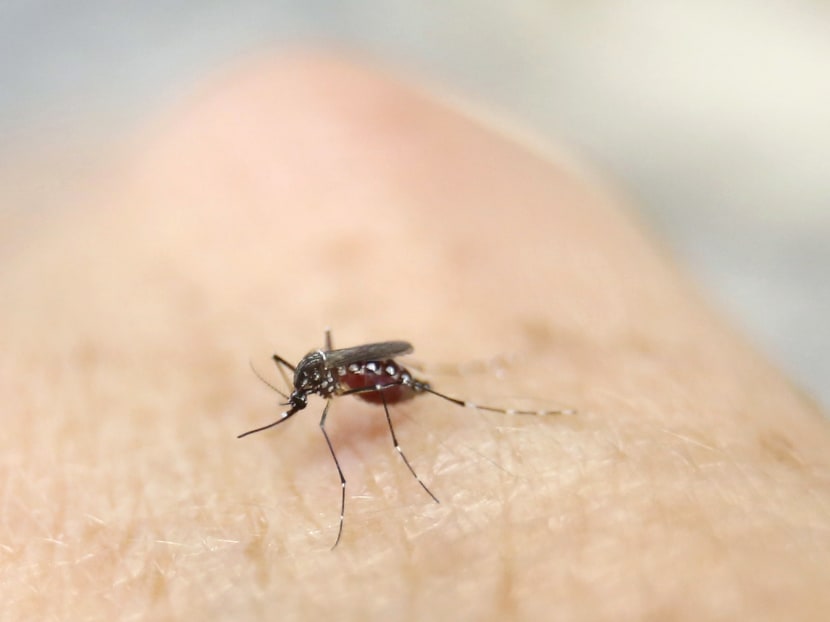More research needed on how Zika spreads in Singapore and its effects
SINGAPORE — Scientists here will conduct more clinical and epidemiological studies to see how the Zika virus spreads among the population and how it affects individuals, given that there is little research on the virus in the region.
SINGAPORE — Scientists here will conduct more clinical and epidemiological studies to see how the Zika virus spreads among the population and how it affects individuals, given that there is little research on the virus in the region.
This comes after they established that the strain of Zika virus that infected two patients in the Aljunied Crescent-Sims Drive cluster in Singapore is different from the one circulating in Brazil.
In the latest update at a press briefing on Thursday (Sept 8), researchers revealed that sequencing of the virus was done on three live Zika cases here: The patient who had travelled to Brazil before falling sick — the first imported infection detected here in May — and two from the Aljunied Crescent-Sims Drive cluster.
They found that the strain of the imported case is similar to the strain found in South America, but for the two locally transmitted cases, they are similar to the Zika virus strain that has been circulating in South-east Asia since the 1960s. This was before the virus had spread to French Polynesia in 2013, and to Brazil later in 2015.
Associate Professor Raymond Lin, head of the Health Ministry’s National Public Health Lab, which did the sequencing with researchers from A*Star’s Bioinformatics Institute, said there is no answer right now on whether getting infected by a virus of the South American strain would cause a more severe condition compared with the Asian strain, or vice versa.
Pointing out that the virus strains are “very similar”, he added: “There might be fine differences, there might be more mutations, but there is no evidence at all currently to suggest that it’s less or more severe, or whether there’s less or more likelihood of (the babies of infected mothers) getting microcephaly (born with a small head) ... We need time and more studies to do that.
“In future we need to continue monitoring it so that we can see what’s the direction of the Zika virus epidemic, how it’s spreading across the region or not, or in Singapore, and how it changes with time.”
Work needs to be done with other researchers who have other skills, for example, so that they may study how the virus affects the immune system, among other things.
Knowing the range and distribution of virus strains would be useful in the future testing of vaccines — different vaccines may work for different strains — and in finding treatment strategies.
Assoc Prof Lin hopes that the continued sequencing work and surveillance will “keep us on our toes” in monitoring any changes. “We certainly hope that something we can identify has an impact on treatment or prevention,” he said.
The sequences done by researchers here will be made available on public databases to help track the global spread and evolution of the Zika virus.







